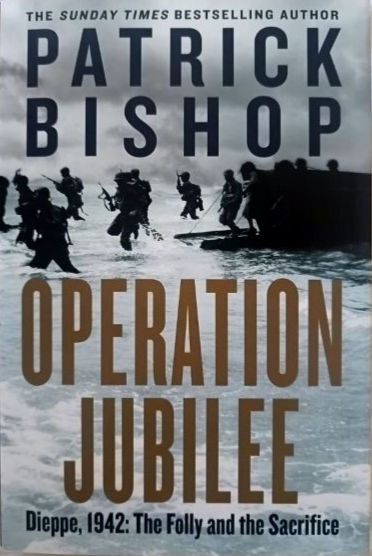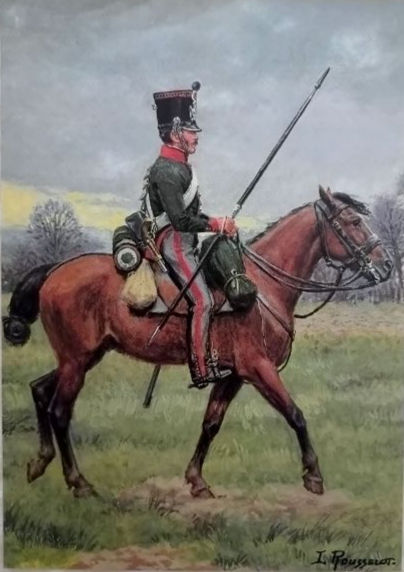Air Power Development Centre #30: Commanding Air Power: Some Contemporary Thoughts (2010)
The subject of the command of air power is an extremely important one to all members of the RAAF and indeed all members of the ADF. Air power is omnipresent in all joint operations – whether it is providing control of the air, precision strike, ISR or air mobility – and its success or failure will often decide the success or failure of the joint campaign. The issue of who is best placed to command and employ air power is not always a well understood one – as is well explained by WGCDR Hinchcliffe in this very useful and thoroughly readable paper. The point is made that we do not seem to have these debates about a soldier’s right to command land operations or a seaman’s right to command naval operations. At the heart of this are the different perspectives and Service cultures about what is, and is not, deemed to be ‘decisive’ – the surface fight in the close battle or the more strategic effects based operations undertaken in the deep battlespace. Indeed, air power is often termed a supporting force, but this is not always the case. For example, the US Combined Force Air Component Commander during Operation IRAQI FREEDOM in 2003 was the supported commander for the counter Theatre Ballistic Missile operations in Western Iraq and he was given operational control of the ground based special forces for this. This paper articulates the concept of airmindedness as the way in which airmen perceive warfare and their place within it. Airmen have a particular view of the battlespace and as WGCDR Hinchcliffe states, this is not only because they are elevated above the battlefield and hence have a ‘bird’s eye view’ of it, but also because they have a theatre wide perspective of the campaign that is as broad as it is deep – and only bounded by the range and speed of air power capabilities. Because of air power’s inherent characteristics of flexibility and responsiveness and the fact that air power is usually a low density and high demand capability, air power can be quickly employed across the theatre in a seamless and integrated fashion. It is at its least effective when penny packeted in direct and ongoing support to a surface commander – where it is effectively tied to a slower operational tempo than what air power can generate if freed from these shackles. Additionally, the paper examines the important air power tenet of centralised control and decentralised execution with a scholarly explanation and convincing analysis provided on why it is as current today in irregular warfare as it was during World War II when the tenet was first applied by Air Chief Marshal Tedder. As WGCDR Hinchcliffe states, airmen are best placed to command air power – but this is not an inherited right – it is a right earned through training, education, professional development and experience - in sum, professional mastery. All successful commanders need professional mastery. But the essential difference between surface commanders and air commanders is that air commanders also need air mindedness. All airmen should be aware of this difference and simply not assert their right to command air power by virtue of being an airman. They also have to be thoroughly prepared joint commanders, schooled in joint operations and as knowledgeable about land and sea doctrines and capabilities as land and sea commanders are expected to be aware of air doctrine and capabilities.
- Soft Cover
- 28 Pages
- In Fair to Good Condition




























